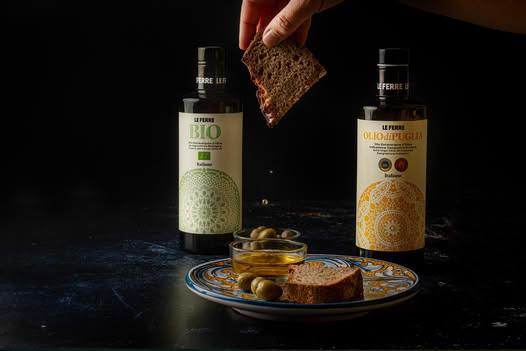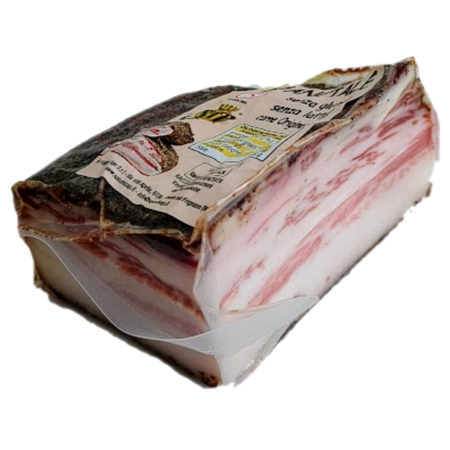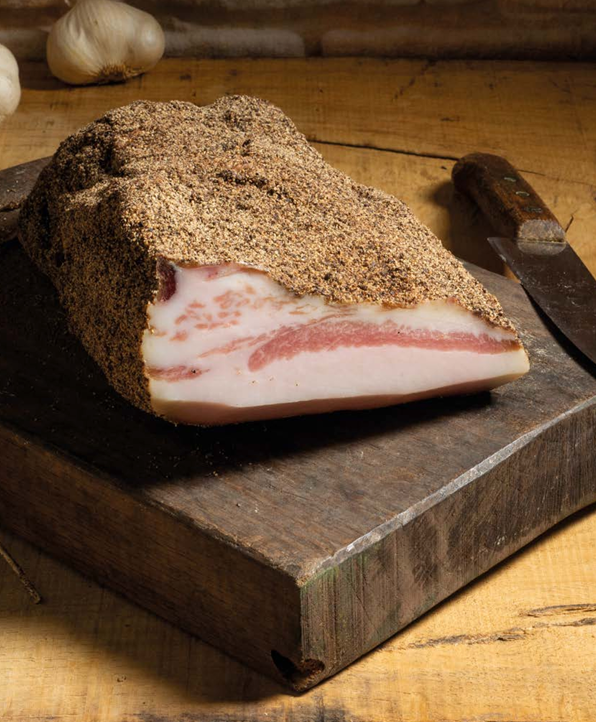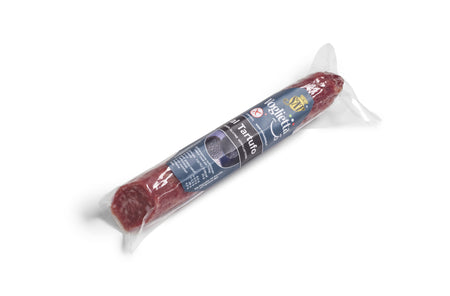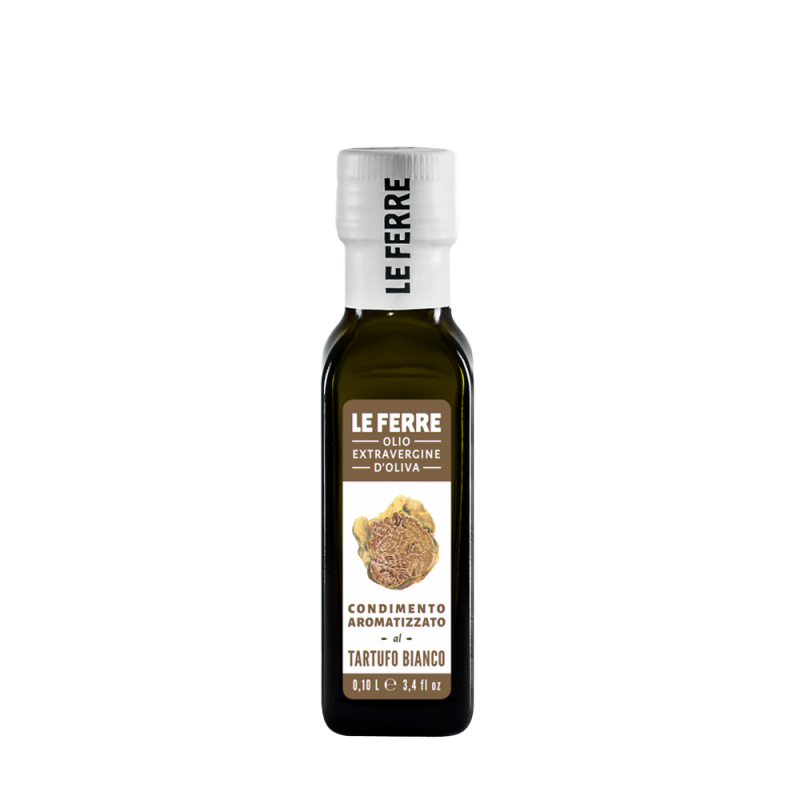To fully appreciate the qualities of Italian extra virgin olive oil, it is essential to be able to evaluate its organoleptic characteristics through sensory analysis. This process involves smell and taste, allowing us to identify the strengths and weaknesses of the oil.
The importance of tasting:
- Preparation:
- The oil should be tasted at room temperature, in a dark glass to avoid altering its color.
- Warm the glass slightly between your hands to release the aromas.
- Smell:
- Bring the glass to your nose and inhale deeply, trying to identify the fruity, herbaceous, or floral notes.
- Taste:
- Take a small sip of oil and swirl it in your mouth, making sure to let it settle well on the palate.
- This allows you to perceive all the nuances of flavor: the fruity, the bitter, and the spicy.
- Bitterness and spiciness are positive attributes, indicating the presence of polyphenols, natural antioxidants.
- The harmony between these notes is a sign of a high-quality oil.
- Aftertaste:
- Pay attention to the sensations that the oil leaves in your mouth after swallowing it.
- A good extra virgin olive oil leaves a persistent and pleasant aftertaste.
What to look for:
- Fruity: hints of fresh olive, grass, tomato, almond, etc.
- Bitter and spicy: typical sensations of some oils, due to the presence of polyphenols.
- Balance: harmony between the different flavor notes. That also depends on personal notes, I like the intensity of bitter and spicy notes that give character to the oil :)
What to avoid:
- Unpleasant odors and flavors, such as mold, rancid, or metallic.
Sensory analysis is an art that requires practice and attention, but allows you to discover the infinite nuances of Italian extra virgin olive oil.
Buon appetito!

